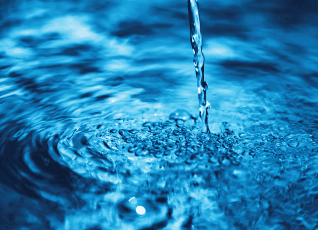How Weather, Climate, and Water Sources Impact Waterborne Disease Hospitalizations

A recent study from Columbia University, published in the open-access journal PLOS Water, investigates how weather conditions, climate, and water sources affect hospital admissions for waterborne infectious diseases in the United States. The study examined 12 years of data from 516 hospitals in 25 states. Key findings on biofilm-forming bacteria Biofilm-forming pathogens, such as Legionella, Pseudomonas, and Nontuberculous mycobacteria (NTM), thrive in biofilms within water distribution systems and are responsible for respiratory infections, especially among vulnerable populations like individuals over 55 or those who are immunocompromised. During the study period, biofilm-forming bacteria were responsible for 81% of all waterborne disease hospitalizations. Geographical and environmental influences Conclusion The study identifies a clear link between meteorological conditions, drinking water sources, and hospitalization rates for waterborne diseases. With climate change potentially leading to more extreme weather events, the study highlights the need for improved water infrastructure and water management practices to mitigate the risk of these waterborne infections, particularly in urban areas and regions dependent on groundwater sources.